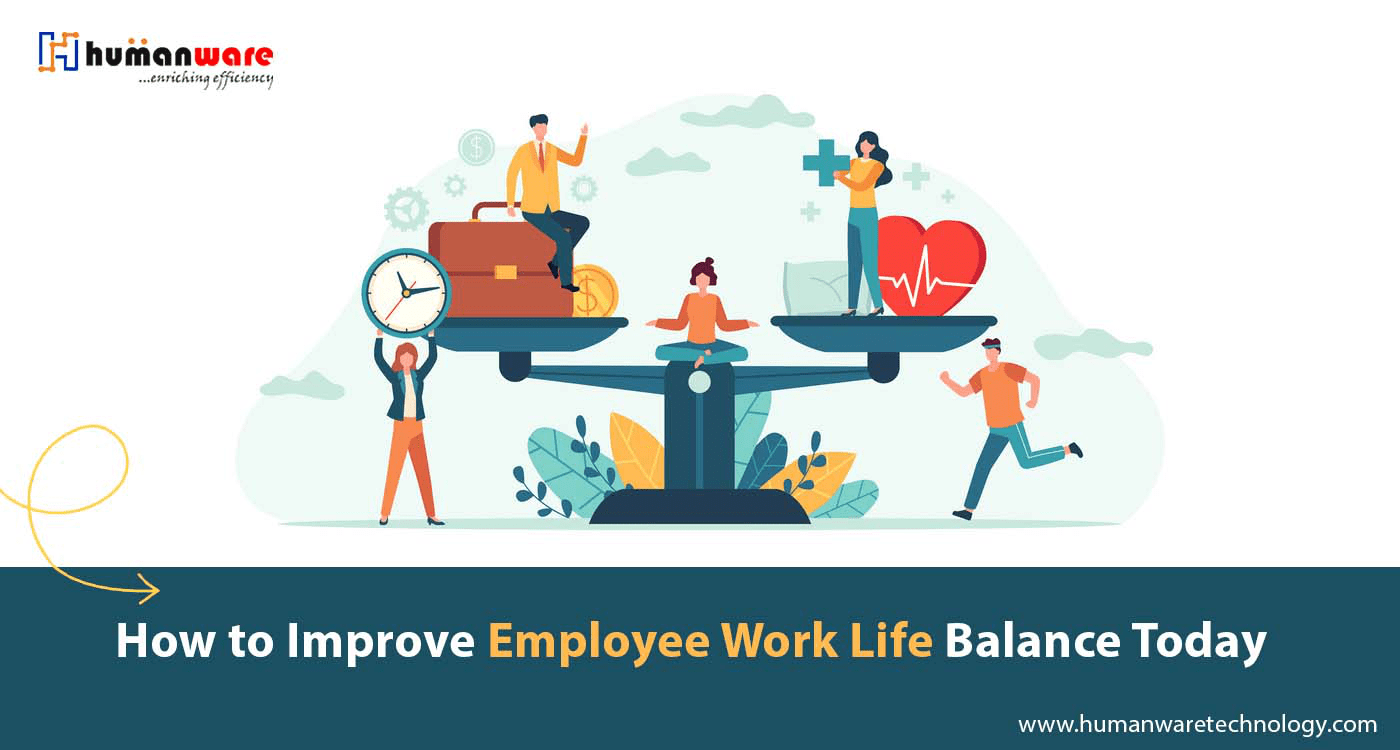
How to Improve Employee Work Life Balance Today?
Working as a professional and achieving goals on a daily basis can be extremely stressful for an employee. Employees are often busy working in the office, even on weekends, leaving little time to spend quality time with family and friends. Due to the workload, family members are often neglected. A stressful job can also deteriorate an employee's health. Employees who feel overworked and underappreciated often suffer from burnout. To avoid this, employers should take steps to ensure that employees have enough time for personal pursuits, family obligations, and other responsibilities. Work-life balance helps a person prioritize and balance between their personal and professional life.
1. Measure and act on Employees Stress Levels
Stress is real, it can easily affect the health of your employees and the productivity of an organization. If you've been an employer, you know how organizations promote work-life balance, and you may also know that it helps make a difference for employees. Working overtime, skipping lunch breaks, and spending too much time at the office rather than at home can all increase stress levels. Even though it has been proven by science too. Stress can easily increase the risk of stroke and heart attack. More working hours never lead to better productivity. If your employees are burnt out, overworked, and experiencing stress-related issues, it can easily affect your business productivity. If so, an organization would end up losing its best employees. If you look closely, you'll find that those who work limited hours and take time to refresh their minds are the most productive. On the other hand, researchers have found that if organizations place importance on promoting a better work-life balance for employees, the entire organization benefits. Mentally healthy employees are much more productive than others. They feel valued in their workplace. Increased retention. Absenteeism is decreasing. Simply put, it helps promote a healthy work-life balance for everyone.
2. Create an Environment That Supports Employees
A healthy work environment helps employees stay motivated and productive. This includes providing opportunities for employees to pursue interests outside of work, such as hobbies, sports teams, volunteer activities, and social groups. Employers also need to provide adequate training and development programs so that employees can advance within their careers.
3. Give Them Time Off When Needed
Employees should feel free to take breaks when needed. However, employers must ensure that employees do not abuse these breaks by taking them too often or for too long. Flexible hours can help encourage employees to talk to their teams and figure out how they can contribute more to the business without being overwhelmed. There are many options that can help your employee organize flexible hours. They can work less a day and work an extra hour the next day. This way, you can make your employees feel valued and important to the business.
4. Offer Flexible Schedules
Employees need flexibility in order to maintain a healthy work/life balance. Offering flexible schedules allows them to take breaks when needed without feeling guilty. Today many organizations are working on hybrid work models as well as remote work. The hybrid work model benefits employees and the organization with higher productivity and cost savings.
5. Provide Training and Education
It's a true fact that a skilled employee is much better than an unskilled employee. Though not every employee is experienced, that doesn't mean they can't achieve the skill set that they require to grow with proper training and guidance. A fresher can be a skilled employee and be ready for the work. If an employee needs more than one hour off per day, he or she should receive training and education on how to manage his or her workload better. This will help him or her avoid burnout and improve productivity. Learning management system (LMS) can help a lot in upskilling the employee skill set.
6. Encourage Communication
The best way to improve employee engagement is with employee socialization, using different social media platforms to stay connected with everyone but using social media also comes with challenges like employees spending too much time on social media platforms. To this problem it has a simple solution: an internal social platform where every employee can be connected with each other and share their thoughts and also get the guidance of seniors for career growth.
Conclusion
Work life can be hectic and stressful, but maintaining a work-life balance is very important. This not only affects the health of all employees, but also their work performance. Workers must always maintain a perfect balance between work and personal life to be productive and healthy. The importance of work-life balance also highlights the benefits of time and attendance software. It proves to be a reliable way to maintain work-life balance, which proves why companies need to introduce time tracking software to create workplaces that consume less time and energy.